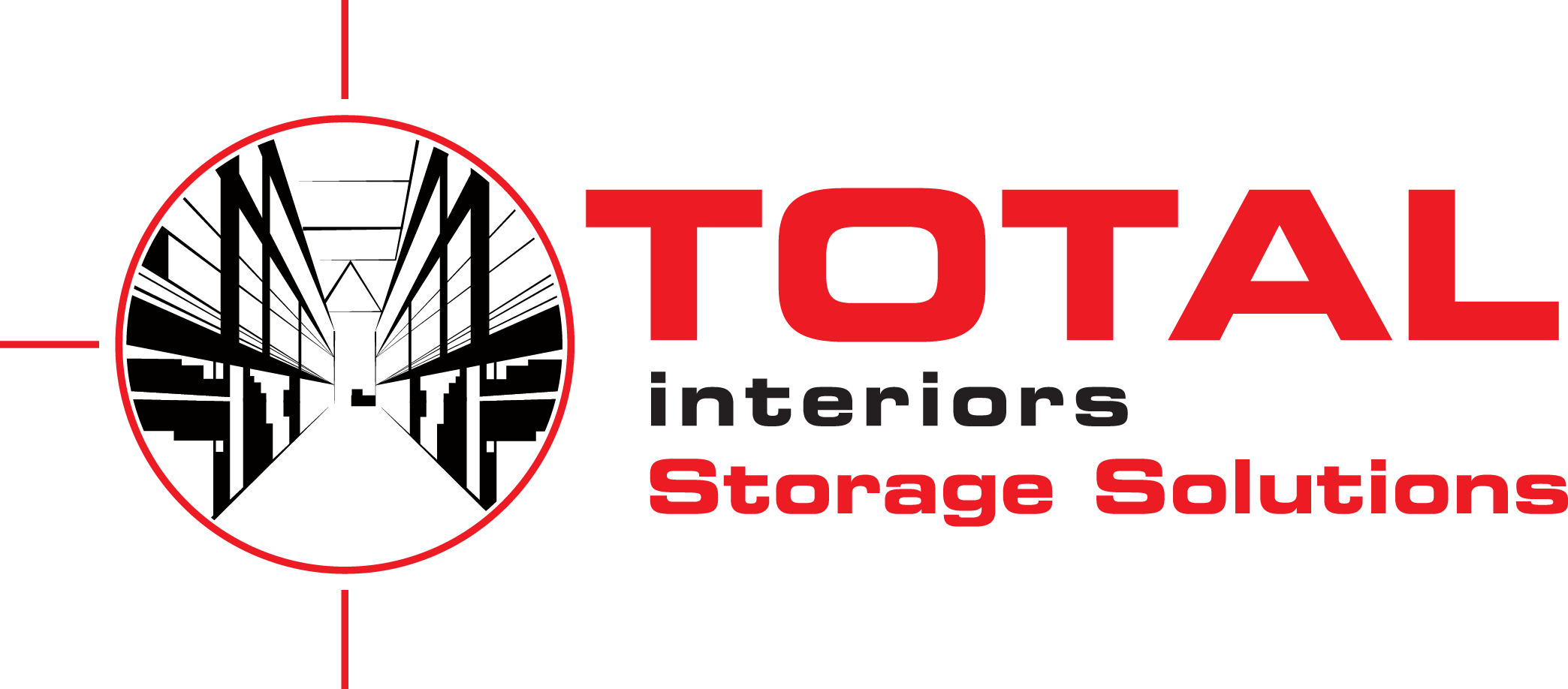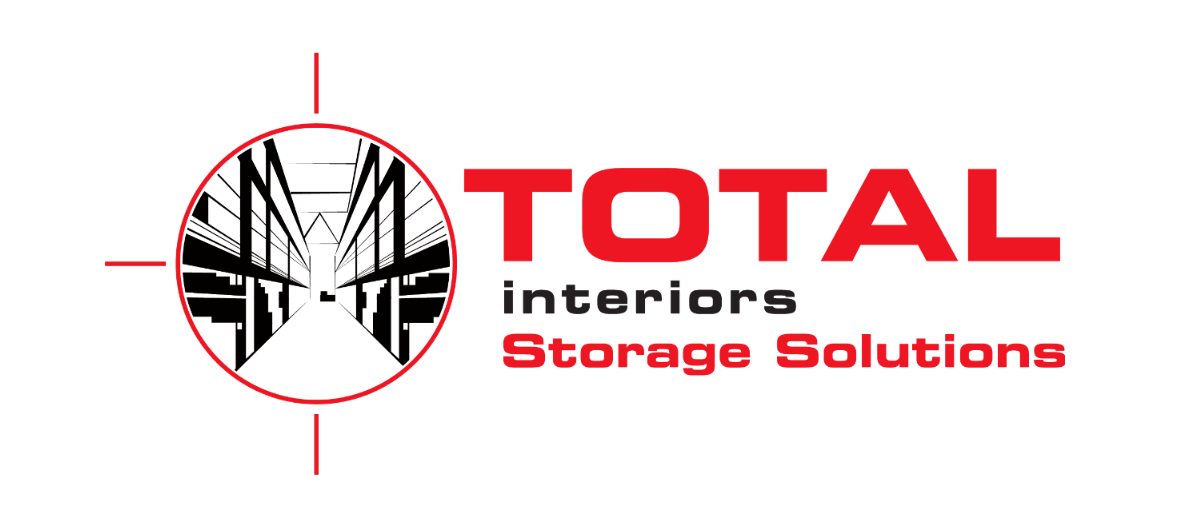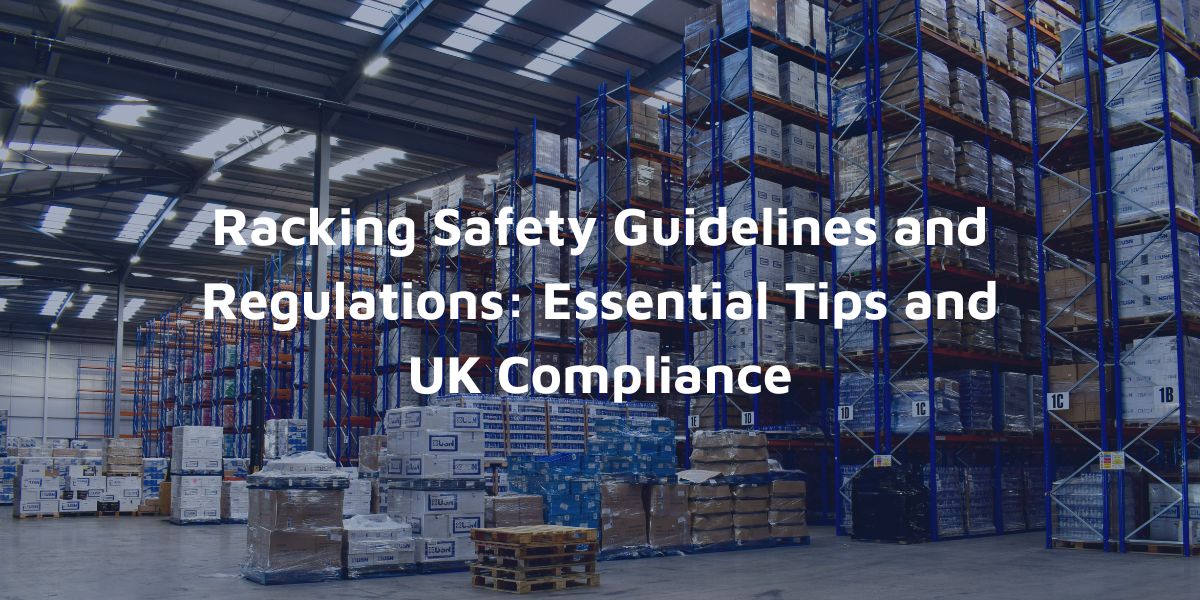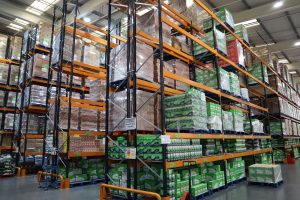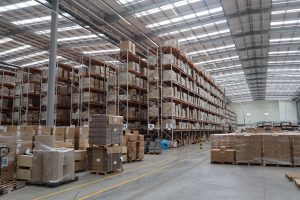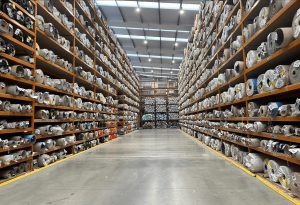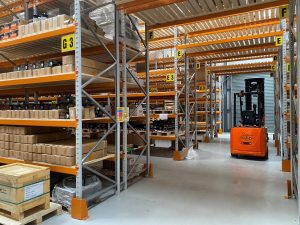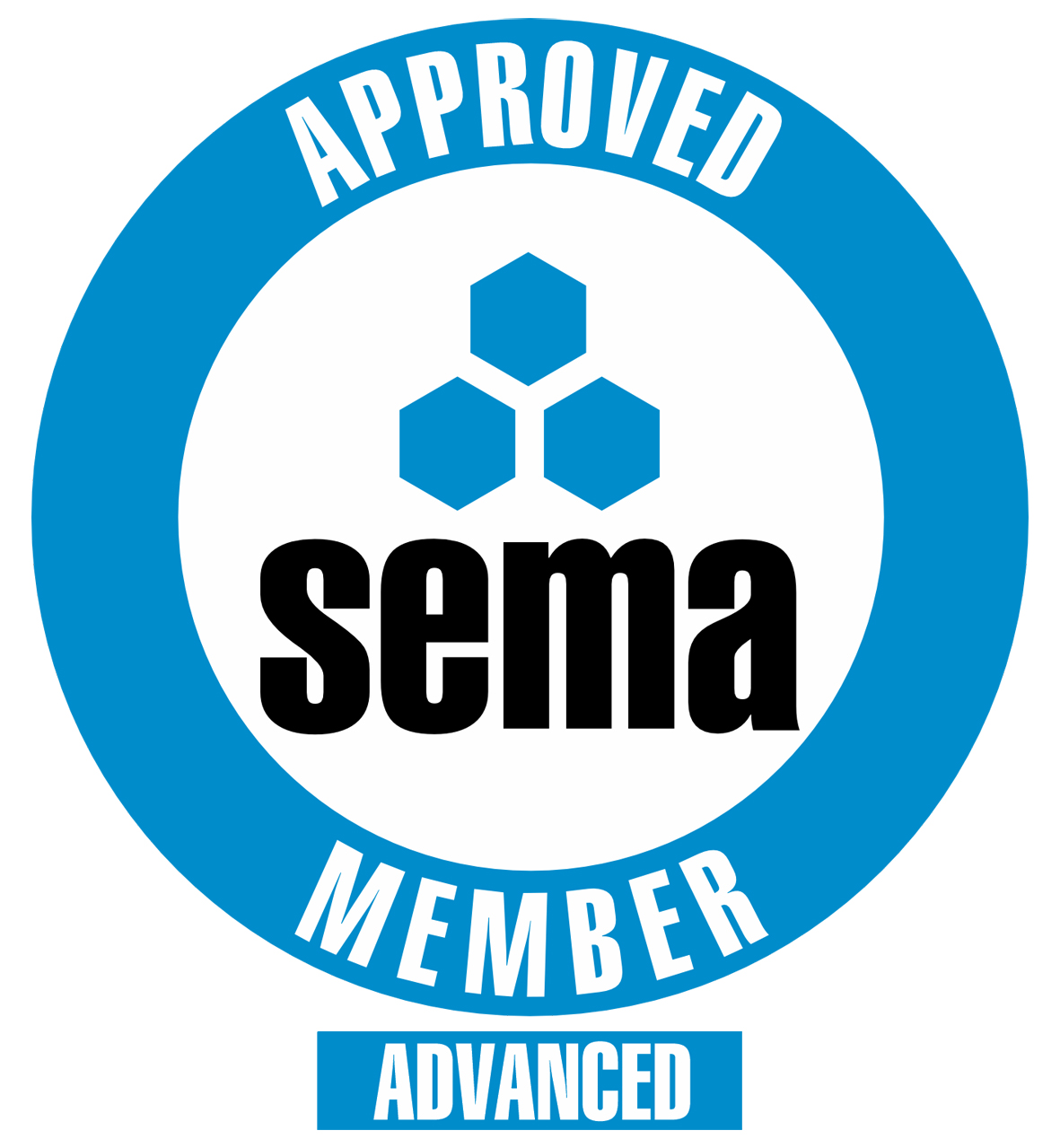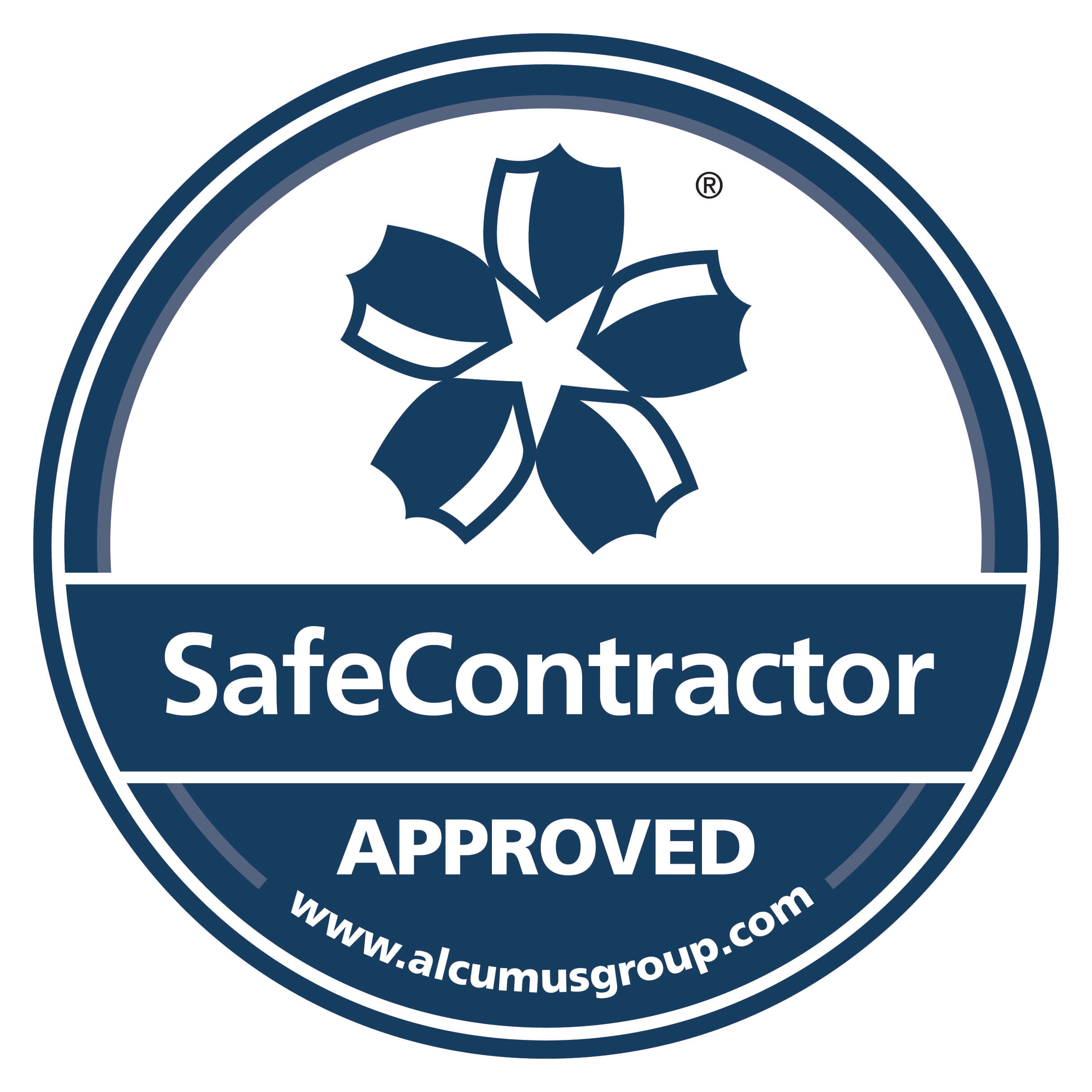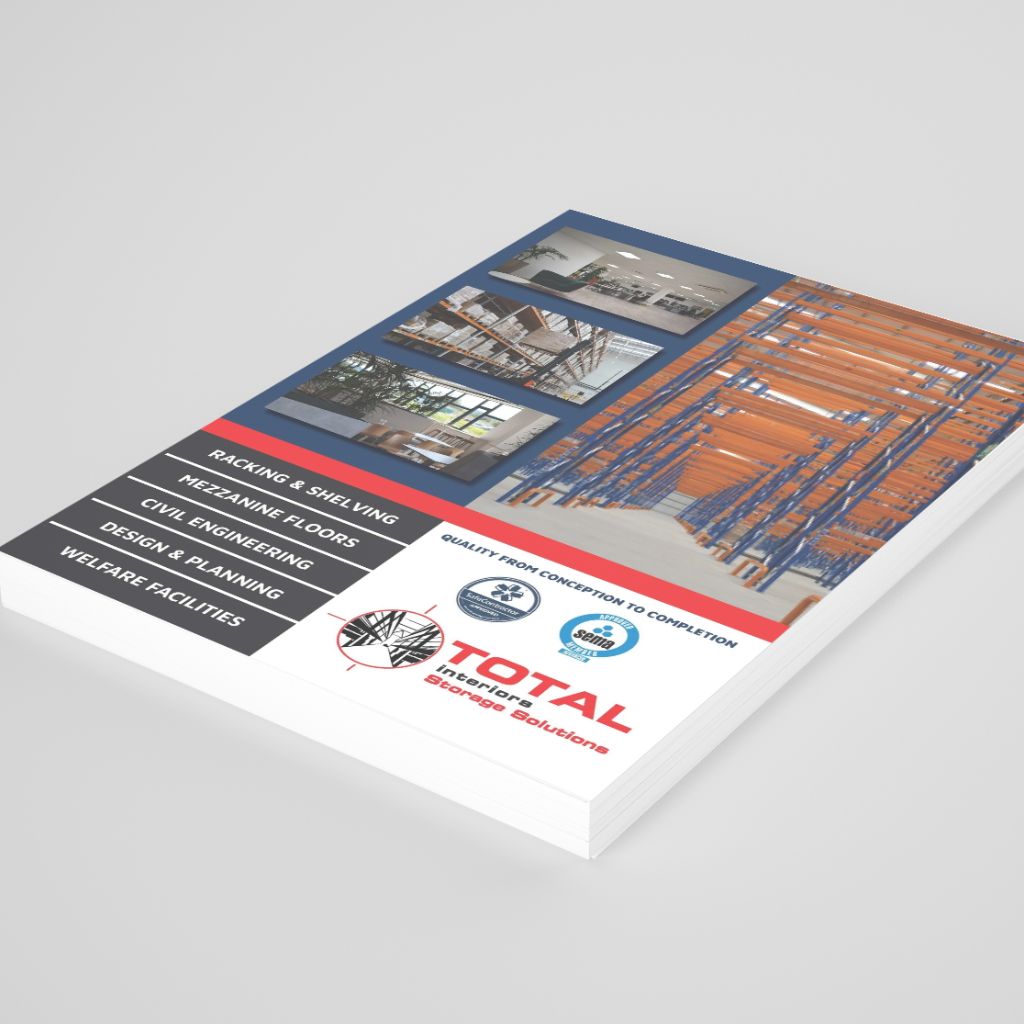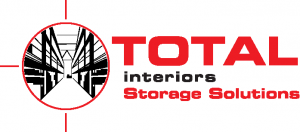Ensuring the safety of racking systems is not just a best practice—it’s a legal obligation that can protect your employees, equipment, and inventory. In the UK, compliance with racking safety guidelines is governed by several regulations, including standards set by the Storage Equipment Manufacturers’ Association (SEMA). In this comprehensive guide, we’ll cover the safety guidelines for installing and using racking systems and the key UK regulations to ensure your operations stay compliant and safe.
Understanding the Importance of Warehouse Racking Safety
Racking systems are integral to warehouse and storage operations, providing organised, accessible, and space-efficient ways to store materials. However, these systems can pose significant risks if improperly installed, overloaded, or damaged. From collapsing racks to falling items, the potential hazards are numerous and can lead to severe injuries, property damage, and legal liabilities. Ensuring compliance with safety guidelines is essential to minimising these risks.
Key Racking Safety Guidelines for Installation and Use
Proper Design and Planning
Before installing racking systems, conduct a thorough assessment of your warehouse layout, load requirements, and potential hazards. Consider factors like floor load capacity, building structure, and equipment access. Collaborate with a qualified racking designer or supplier to ensure the racking system is fit for purpose.
Correct Installation
Installation should always be carried out by trained and competent personnel, following the manufacturer’s instructions and guidelines. Ensure the racks are level, bolted correctly to the floor, and properly secured. Misaligned or loosely anchored racks are prone to collapse under pressure.
Load Capacity Compliance
Always adhere to the specified load limits for each rack. Overloading is a major cause of racking system failures. Use clear signage to display the maximum allowable weight and make sure all employees are aware of these limits.
Regular Inspections and Maintenance
Regular inspections are crucial to identify damage, wear and tear, or structural issues. According to SEMA guidelines, a competent person should conduct visual inspections weekly, with an expert inspection at least once a year. Damaged racks should be repaired or replaced immediately.
Proper Use and Training
Ensure all employees are trained in the proper use of racking systems, including loading and unloading procedures. Forklift operators should receive specific training on safe handling around racks to avoid accidental impacts.
Safety Barriers and Rack Protection
Install safety barriers and upright protectors to safeguard against accidental impacts from forklifts and other machinery. End-of-aisle guards and column protectors are also recommended to prevent damage to critical racking components.
Correct Handling of Pallets
Ensure pallets are of good quality and not damaged before use. Poor-quality pallets can collapse, leading to rack damage or injury. Pallets should be loaded evenly and placed squarely on the racks.
Emergency Procedures
Establish emergency procedures for potential racking incidents, including evacuation routes and first aid protocols. Staff should be trained on what to do in the event of a racking collapse or similar emergency.
UK Regulations and Compliance Requirements
The UK has stringent regulations when it comes to racking safety. Understanding these regulations will help keep your operations compliant and your workers safe.
This act places a legal duty on employers to ensure the health, safety, and welfare of their employees. It requires employers to maintain safe working conditions, which include properly installed and maintained racking systems.
PUWER requires that any work equipment, including racking systems, must be suitable for its intended purpose, properly maintained, and used only by trained individuals. This regulation also emphasises the importance of inspections and repairs.
While LOLER primarily covers lifting equipment, it also applies to racking systems that are used as part of lifting operations. It requires regular inspections and maintenance to ensure ongoing safety.
SEMA provides specific guidance on the design, installation, and inspection of racking systems. Although SEMA guidelines are not legally binding, they are widely recognized as industry best practice. Key SEMA standards include:
- SEMA Code of Practice for the Design of Static Racking: Ensures racking is designed to handle specific loads safely.
- SEMA Installation Guidelines: Provides instructions for the correct installation of racking systems.
- SEMA Rack Safety Inspections: Emphasises the need for regular inspections.
This standard provides guidelines on the inspection and maintenance of racking systems, reinforcing the need for regular checks and professional assessments.
Ensuring Compliance: Best Practices
Conduct Regular Risk Assessments
Regular risk assessments are critical to identifying potential hazards associated with your racking systems. Assess factors such as load changes, forklift traffic patterns, and potential impact risks.
Engage Qualified Inspectors
Utilise qualified inspectors for your annual racking inspections. These experts are trained to spot damage and suggest corrective actions, ensuring compliance with industry standards.
Document Inspections and Maintenance
Keep detailed records of all inspections, repairs, and maintenance activities. This documentation is crucial for demonstrating compliance during audits or investigations.
Update Training Programs
Regularly update your training programs to reflect the latest safety guidelines and regulatory changes. Ensuring your staff is aware of and trained in current practices is key to maintaining a safe environment.
Invest in Quality Racking Systems
Avoid cutting corners when purchasing racking systems. Invest in high-quality racking that meets industry standards and can withstand the rigours of your warehouse operations.
Frequently Asked Questions (FAQs)
Q: How often should racking systems be inspected?
A: Visual inspections should be carried out weekly by a competent person, with a full expert inspection annually by a SEMA-approved inspector.
Q: What is the role of SEMA in racking safety?
A: SEMA provides guidelines for the safe design, installation, and inspection of racking systems. Following SEMA standards helps ensure compliance with UK safety regulations.
Q: What should I do if I notice damage to my racking system?
A: Damaged racks should be isolated and marked clearly until they can be repaired or replaced by qualified personnel.
Wrapping Up
Warehouse racking safety is not just about compliance—it’s about protecting your workforce and maintaining efficient operations. By following the safety guidelines outlined above and adhering to UK regulations, including SEMA standards, you can create a safer working environment. Regular inspections, proper training, and a commitment to best practices are the keys to preventing accidents and ensuring the longevity of your racking systems.
Stay safe, stay compliant, and always prioritise racking safety in your operations!
